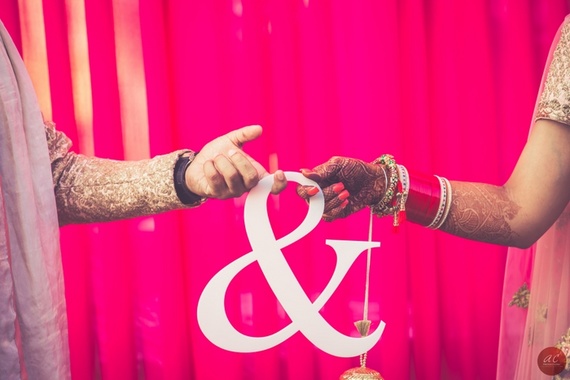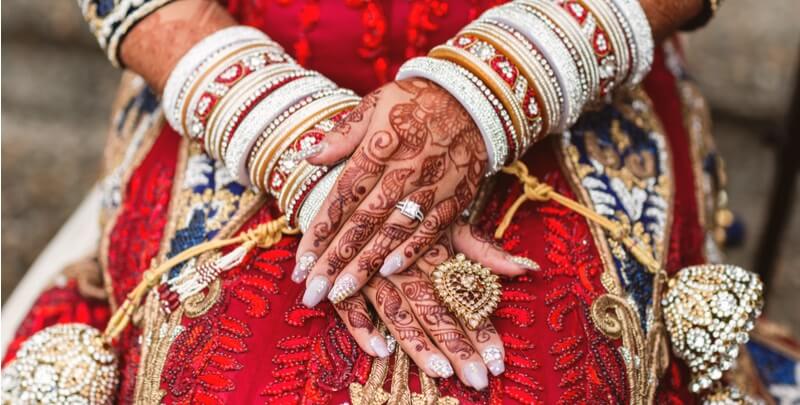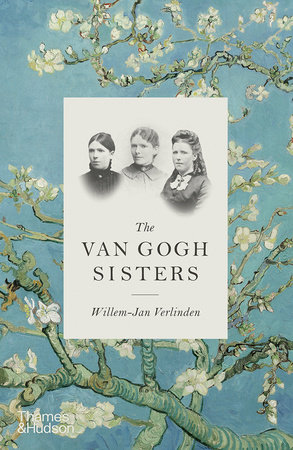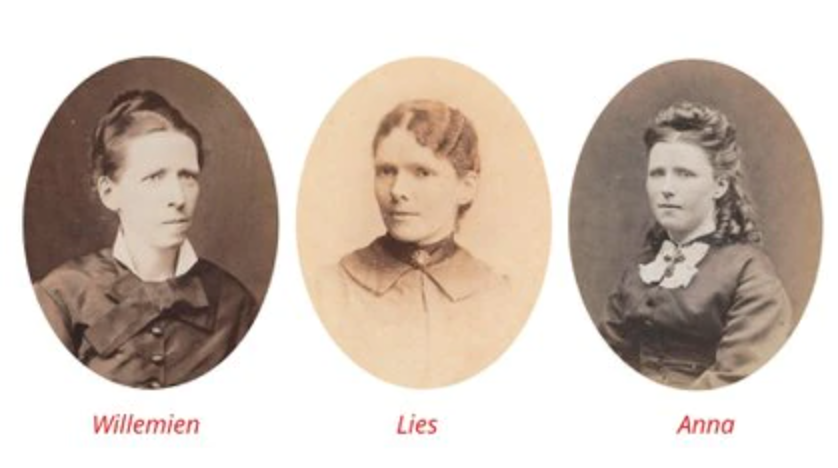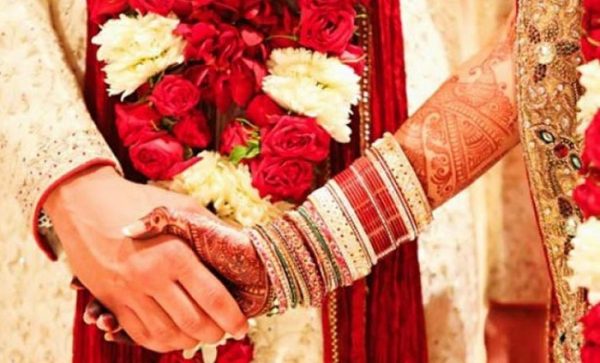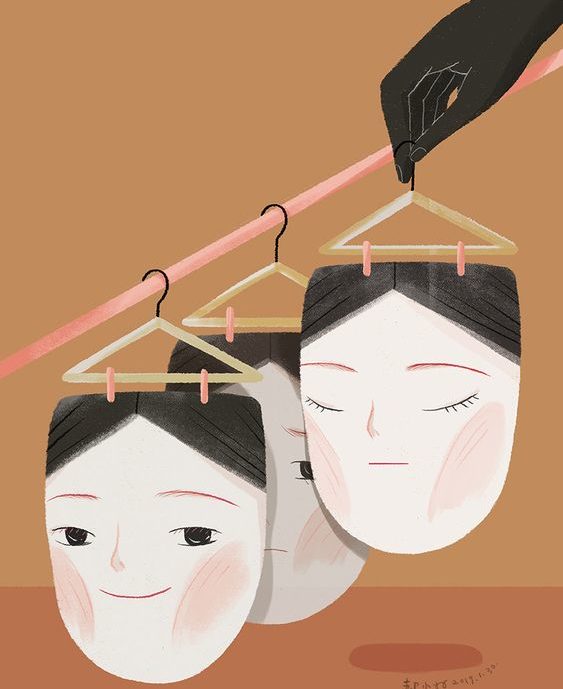By Satakshi Malviya
The Rajput boyfriend brutally murdered his Dalit girlfriend and her family to avoid marriage. After 48 days, five half-rotten bodies were recovered from 10 foot deep pit in a field of Nemawar village in Madhya Pradesh’s Dewas district, on 29th June, 2021. The family members- Rupali Kaste (21 years), her mother Mamta Bai Kaste (45 years), younger sister Divya Kaste (14 years), her cousins Pooja Oswal (15 years) and Pawan Oswal (14 years) had gone missing from their home in Nemawar since 13th May and two missing complaints were lodged, one by Rupali’s elder sister who lives in Pithampura and other by Pooja’s and Pawan’s mother who lives in Indore.
The Police arrested seven people involved in this case. Rupali’s boyfriend Surendra Chouhan and his accomplices Karan Korku and Rakesh Nimore are on remand and the other four Vivek Tiwari, Virendra Singh Chouhan, Manoj Korku and Rajkumar Kir have been sent to jail. The police informed that Surendra Chouhan with the help of his companions called Rupali and her family members to his field and brutally murdered them by slitting their throat with a rope and buried them in a 10 foot deep pit, covering their bodies with salt and urea. As in the past Surendra has been spotted at Rupali’s home every other day so as to immune himself from any suspicion, he and his accomplices, soon after the murder used Rupali’s phone to send text messages to create an illusion that she and her family members are alive.
The police further informed that Surendra had betrayed Rupali and got engaged with someone else and Rupali was unhappy with this as she wanted to marry him. So, out of revenge she has posted some stuff related to Surendra’s fiancé on social media and this enraged Surendra to kill Rupali and her family and to save his future marriage. The police suspects that the girls were raped before their murder as there were no clothes found on the bodies of Rupali and her sisters.
The Adivasi community is outraged by the incident and is demanding quick justice for Rupali and her family. Loving someone and expecting honesty is not a crime. Rupali had never imagined that her love story would be ended this horribly by her own dear lover. In such events, caste identity of the victim should not be overlooked as even now, ‘Dalit’ women suffer such atrocities and are treated as object of mental and physical pleasure. To top it, if the woman belongs to ‘Dalit’ community or so called ‘lower caste’, getting justice is even more difficult. The upper caste men get involve with Dalit women, take sexual pleasure and make fake promises of marriage. When the women, out of innocence and love, actually ask to marry then these men call them impure dirt that cannot be taken home, threaten them, assault them and even kill them. Had Rupali not been a Dalit, would Surendra have dared to do so?
It took forty eight days to find five people and that too dead; this clearly shows the inefficiency of the present administration. However, the demonstration by outraged Adivasi community – blocking Indore-Betul national highway for hours, raising slogans, marching on roads, demanding to hang the accused, seeking justice – led the case to be moved to fast track court, to ensure quick justice for Rupali and her family, at the behest of M.P.’s Chief Minister Mr. Shivraj Singh Chouhan. Former Chief Minister Kamalnath has demanded CBI enquiry on this case as he suspects that someone acted as a backbone of Surendra Chouhan, which let him to act with such impunity and commit such a gruesome murder of five persons. After sensing the heated temperature of the Adivasi community, authorities demolished the house and shops of the main accused.
Still, majority of the ‘leaders’ of the State are silent on the subject. Why? If they cannot speak up on a gruesome murder like this – isn’t this a signal enough that for them the life of a Dalit woman and her family is way less precious than the votes of the Rajput community in the state? A close scrutiny will reveal that the top leaders of the both the BJP and Congress party are either Rajputs themselves (same caste as the boyfriend) and or heavily reliant on the Rajput community for votes.
A further question is – every time such injustice happens to women, why does the discussion become about the caste-communities for politicians? Shouldn’t the Rajput community itself call for strict action if the offences are proved against the accused? Is this injustice only visible to Adivasi community and not to everyone else?
When will this impunity end? I am enraged and so are many of the women. The change is need for this hour.



